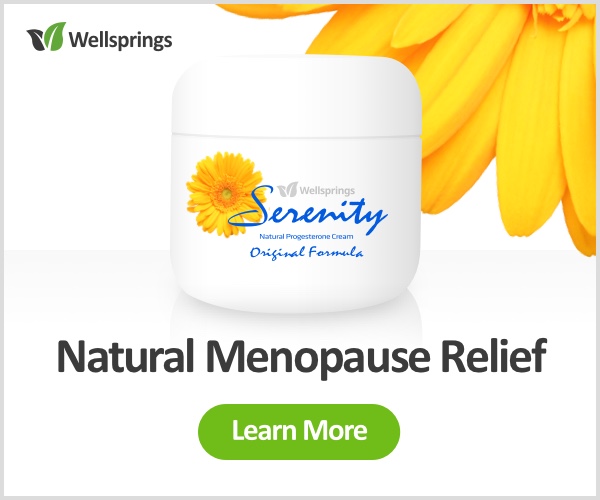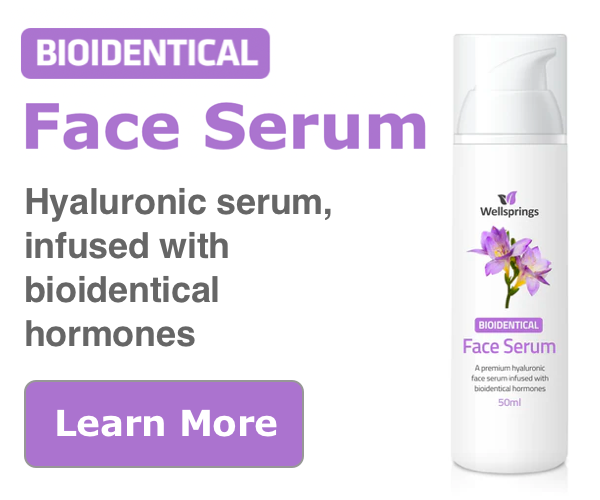9 Dietary Changes That Will Help With Uterine Fibroids
A diet is not just about losing weight, specific changes can also be helpful when dealing with fibroids.

Uterine fibroids are benign — non-cancerous — growths located on the walls of your uterus. Around 25% of women have developed some by the time they reach reproductive age and over 70% of women have them by age 50.
In most cases, symptoms are very mild and you probably won’t even know that you have them. But in around 25% of women symptoms can include heavy bleeding, abdominal pain and possible infertility
In some cases, these symptoms will require surgery. But simple dietary changes can be one of the best treatments for managing mild to moderate symptoms.
1. Eat more greens
Studies show that diets rich in greens will decrease your likelihood of developing uterine fibroids in the first place.
Try adding a salad into your daily routine and be sure to include lots of green vegetables daily.
2. Cut down on red meat
Research on uterine fibroids shows that diets with a lot of red meat, particularly beef, can make your symptoms worse.
Eating a lot of it is also a risk factor for the condition but you don’t need to entirely eliminate red meat but you shouldn’t eat it frequently.
Instead, try to supplement your diet with white meat such as chicken or turkey and look at including vegetarian meals into your diet as well
3. Eat Less ham
Ham has also been linked to worse uterine fibroid symptoms.
It is a processed meat and it’s not clear whether or not all processed meats can affect your symptoms.
Try cutting them out of your diet for short periods and see how you feel.
4. Check your vitamin D levels
A number of nutrient deficiencies have been linked to worse symptoms from your fibroids.
Studies have shown that low vitamin D levels in the blood are more commonly associated with the presence of uterine fibroids.
Women with sufficient vitamin D levels were estimated to lower their odds of uterine fibroid occurrence by 32% as compared with patients who had vitamin D deficiency.
5. Choose a diet that keeps blood pressure healthy
High blood pressure is a risk factor for developing more severe uterine fibroids.
Stick to a diet that will help your blood pressure stay within a healthy range. This includes:
– Having less salt with meals
– Eating more fruit
– Prioritising unsaturated fats instead of saturated
– Choosing whole-grain carbohydrates
6. Increase your iron intake
Women with some uterine fibroid symptoms — like heavy bleeding — are at a much greater risk of becoming anaemic. This is because a heavy blood loss means a loss of iron each month.
Help combat this by eating foods rich in iron like:
– Turkey and chicken
– Tuna
– Cooked spinach
– Boiled kidney beans
7. Increase your folate intake
Folate — or folic acid — is a particular kind of Vitamin B that helps your red blood cells mature. Eating foods rich in this molecule helps combat the iron loss associated with heavy bleeding and its related anaemia.
Foods rich in folates include lentils, rice, spinach, corn and egg noodles
8. Check your vitamin B-12 levels
Add more of this type of vitamin B to your diet to help reduce anaemia symptoms.
Foods rich in vitamin B-12 include clams and mussels. Other good sources include fish, fortified breakfast cereal, beef, ham, eggs, cheese, yogurt and milk.
Vegetarian sources also include fortified plant based milks and fermented foods like tempeh.
9. Practice watchful waiting
This is a good technique to try both with your dietary changes and when monitoring your fibroid symptoms in general.
Essentially make the necessary dietary change and then carefully observe your symptoms for the next few weeks. Note any improvements or worsening of symptoms based on the results.
Remember, uterine fibroid symptoms can differ from person to person — find the dietary changes that work best for you.
Helpful information
These are all helpful suggestions, but remember that fibroids are often associated with oestrogen dominance and so rebalancing with progesterone can be effective.
If you are not sure if you have fibroids, then this article will be helpful.
https://anna.blog.wellsprings-health.com/could-you-have-fibroids-and-not-know-it/


















